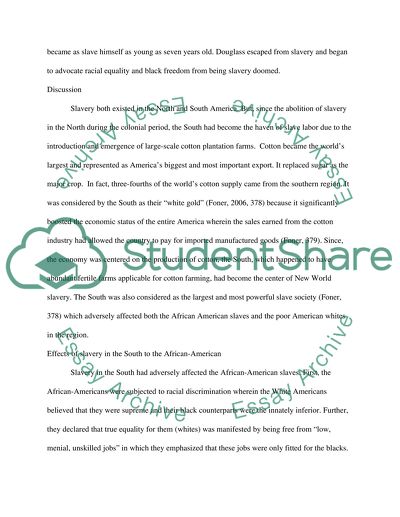Cite this document
(“Frederick Douglass Essay Example | Topics and Well Written Essays - 2250 words”, n.d.)
Retrieved from https://studentshare.org/history/1438045-frederick-douglass-essay-assignment
Retrieved from https://studentshare.org/history/1438045-frederick-douglass-essay-assignment
(Frederick Douglass Essay Example | Topics and Well Written Essays - 2250 Words)
https://studentshare.org/history/1438045-frederick-douglass-essay-assignment.
https://studentshare.org/history/1438045-frederick-douglass-essay-assignment.
“Frederick Douglass Essay Example | Topics and Well Written Essays - 2250 Words”, n.d. https://studentshare.org/history/1438045-frederick-douglass-essay-assignment.


